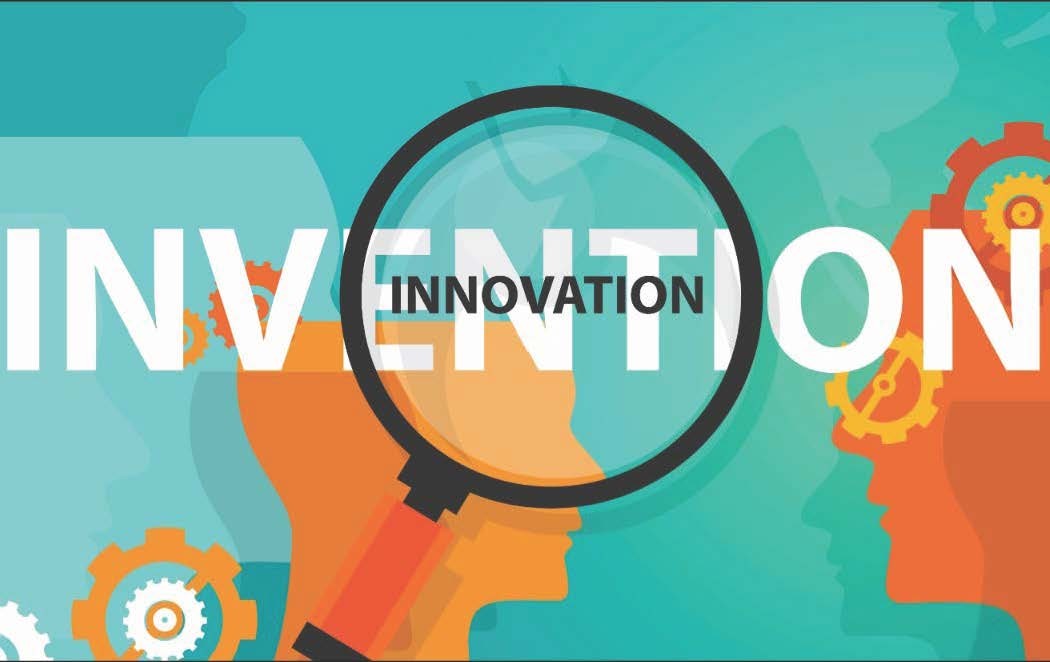By Dr. Evans Baiya
While the pandemic has been difficult for all us economically, as business owners, we never run out of opportunities. No matter the business climate, there is always a chance to do something new and something better—you just have to find it.
This has never proven truer than now, with the way business has been forced to change and adapt due to lockdown. Businesses that are looking for opportunities are finding them, and those that aren’t are facing the consequences.
Right now, driving new ideas and innovation should be happening in your organization on a weekly basis. If you are not in front of what is happening, you will miss an opportunity or be disrupted in an irrecoverable way. Because of what we have collectively been through, I predict that the pace of change will be faster and the economic recession will be shorter than it otherwise might have been during normal times.
Innovation has many definitions, but in its purest form, innovation is creating new value. You must first determine where you can create new value. Then you need to validate what you have created by determining if your customers are willing to pay for it. If you succeed at creating new economic value, you are innovating.
If I was going to give any advice to a leader right now, it would be to look for opportunities along the four types of innovation. If you can manage this, it will change how your business operates and recovers from this period.
Product
Product innovation is introduction of a new or significantly improved product or service. New products or services that meet the needs of customers in a different way fall into this type of innovation.
First, ask yourself what kind of products you should be coming up with to create new value. What does your customer care about right now? You also have to broaden your typical thinking about what a product is because, as we’ve seen, a product can be virtual.
A sit-down Mexican restaurant in Nashville that is well known for amazing street tacos knew they had to change to a take-out menu when the restrictions from COVID-19 hit. They reduced their menu to only four offerings and created a delivery service. Their business is thriving because of this change in products.
Process
Process innovation is implementation of new, significantly different or improved production or delivery mechanisms for the product or service that your organization offers.
When you execute process innovation, your product will often be affected, so you may need to innovate in both areas or vice versa. A lot of simple process improvements can not only save you money but will even make you money.
One of my clients had been experiencing cash flow issues. We identified a process innovation that allowed them to reduce the amount of time it takes to get paid. When we examined the system closely, we discovered that clients were taking 50—60 days to pay invoices. By simply working with their bank, they were able to activate click-pay on their invoices and are now getting paid within 14 days.
Position
Position innovation is implementation of new context in which the product or service is introduced to the market. Innovations of channels, brand, and customer engagement fall under this type of innovation. Position innovation is often underestimated and even forgotten.
When considering position innovation, you must understand how people view your company, both internally and externally, and how they can see the value you bring to them. Think about your employees, your shareholders, and your customers. As you reconfigure your brand and create new messages, you will empower people to talk about your organization and ultimately bring more business to you. Position innovation can also be tied to process and/or product innovation, as you often need a new position to support innovation in either of these areas.
During the business shutdown, Gravity Payments created a software to help restaurants execute their own online ordering so they could keep 100 percent of the sale, instead of sharing a portion the sale with meal delivery services. The business can deliver the food to clients, deepening client relationships while keeping people employed. Gravity is using this opportunity to further position themselves as a champion for small business.
Paradigm
Paradigm innovation is implementation of new mental models that frame what the organization does. Innovation of the profit model, network, and organizational structure fall under this type of innovation.
Paradigm innovation can be a difficult to conceptualize, as it required deep and long-term thinking. But now is an ideal time to reinvent who you are as a company, which can work in favor of your growth. A paradigm innovation takes bold decision making.
The lockdown has given companies to opportunity to evaluate their purpose and mission. A sales training company in Chicago that has been profitable running in-person corporate training. They have been to change the company for growth, but they have not spent time or resources thinking deeply. COVID lockdown afforded the company the opportunity. It changed the purpose from being “sales trainers” to “sales content creators.” Its brand is changing from delivering corporate training services to thought-leadership. This has long-term consequences to the company and its brand. It will need to develop new products, update external and internal processes, come up with different positioning, hire new talent, invest in a new infrastructure, and develop a new revenue model.
If you feel stuck when it comes to innovation, remember that there is great opportunity in solving problems of the people that you serve. Our clients find their best ideas when they are thinking about their customers—even better when they are thinking together with their customers. COVID-19 has changed every business in one way or another, which means that leaders need to be talking to customers to help identify their next opportunity. Do you know what new product, process, position, and/or paradigm your customers need now? There is opportunity to create and deliver new value.
About the Author
 Dr. Evans Baiya is an internationally recognized and trusted guide to business leaders and innovators. Using his 6-stage process, he helps the businesses identify, define, develop, verify, commercialize, and scale ideas so the businesses and individuals can learn, grow, and thrive. He is the co-author of the award-winning book, The Innovator’s Advantage and co-creator of The Innovator’s Advantage Academy, a detailed step-by-step innovation training. Learn more at TheInnovatorsAdvantage.com.
Dr. Evans Baiya is an internationally recognized and trusted guide to business leaders and innovators. Using his 6-stage process, he helps the businesses identify, define, develop, verify, commercialize, and scale ideas so the businesses and individuals can learn, grow, and thrive. He is the co-author of the award-winning book, The Innovator’s Advantage and co-creator of The Innovator’s Advantage Academy, a detailed step-by-step innovation training. Learn more at TheInnovatorsAdvantage.com.
This article originally ran in Innovation Management









